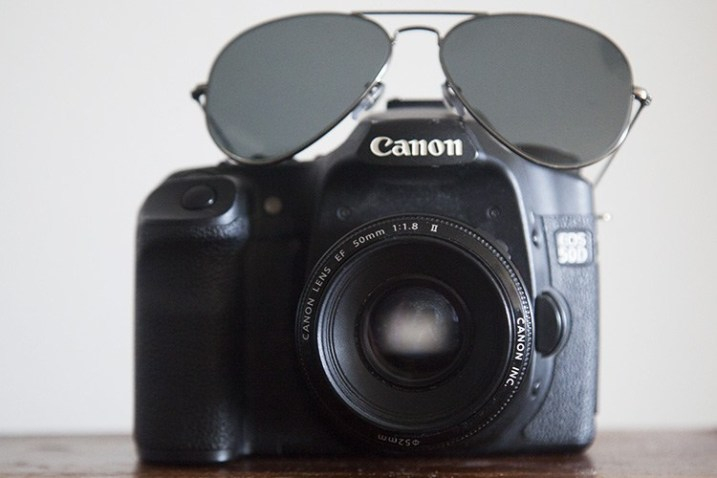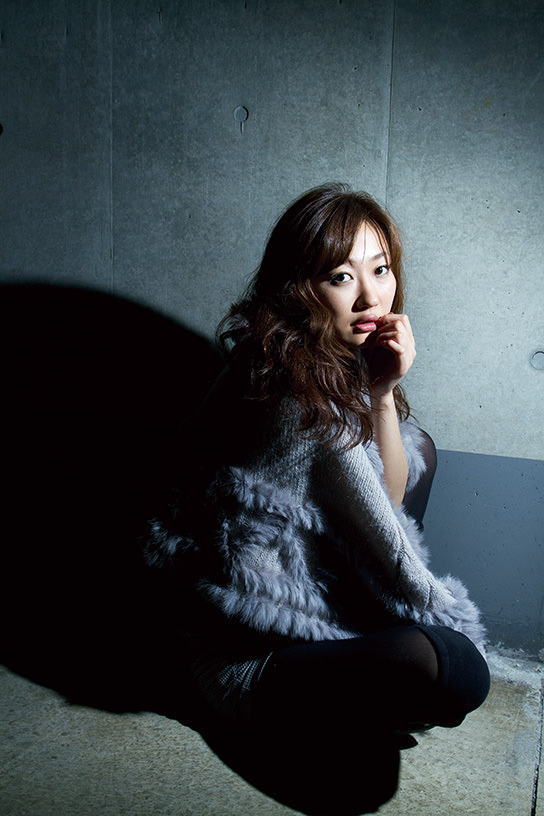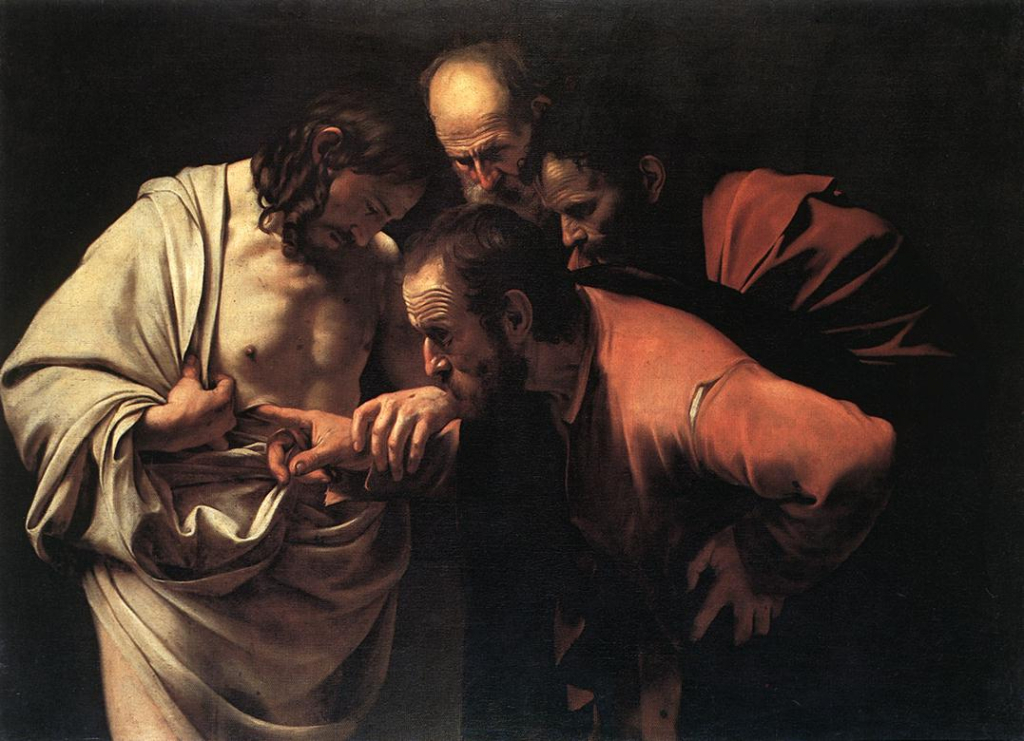WHAT IS TFP?
 About TFP should know everyone who is somehow connected with photography. TFP (Time for Prints) is a form of transaction in the world of photography, where neither side takes money for its work from the other side. That is, the model gives the photographer his time, and the photographer provides the model with pictures for working with him.
About TFP should know everyone who is somehow connected with photography. TFP (Time for Prints) is a form of transaction in the world of photography, where neither side takes money for its work from the other side. That is, the model gives the photographer his time, and the photographer provides the model with pictures for working with him.
TFP – Time for printing or Time for photos. It is a side effect of the current situation: there is an extremely large number of camera owners around, thanks to relatively affordable prices. More cameras, more photographers and in direct correlation more models.
Seasoned photographers relate differently to such a boom; some welcome, others, on the contrary, do not find kind words. However, it can be said for sure that TFP does not mean “no rules”, and these very unwritten rules will be discussed later in this article. It is logical that novice photographers and the same novice models join forces for cooperation. They help each other, and, accordingly, receive mutual valuable experience.
Those who dislike this kind of exchanges, argue that such behavior of colleagues deprives them of their business. But this is only an illusion. Most people involved in TFP use these conditions for fun — for the joy and pleasure of the photography process. Because of this, they will always work at the amateur level, never having the need or any ambition to rise higher. However, it cannot be expected that if the shooting is conducted at a professional level, the results (in any direction) will be stunning … but there are exceptions, of course.
Because of all this, an ordinary photographer, for whom his occupation is a hobby, will not get to attractive commercial orders, because he will not even look for them. The same applies to models. Or will they still eventually move to a professional level over time.
And another possible option is when an experienced (although not necessarily professional) photographer works with an inexperienced and young model. The photographer sees the potential. If the model is really as good as the photographer thinks, then it is only a matter of time when it reaches the professional level. And high-quality images will only shorten this journey. (To better understand this situation, watch the film “Flower of the Desert”.)
From time to time, even a professional photographer or model should take pictures of a topic that is not in their portfolio — perhaps because without it they will miss a new client. This is absolutely nothing unusual. In this situation, space, props, etc. – the responsibility of the photographer. He also chooses models; they, in turn, accept or do not accept an offer to participate in such a project, even if the survey does not involve payment. Here again, we are talking about mutual aid. In principle, professional TFP surveys are indistinguishable from commercial surveys. Both the photographer and the model must maintain a high bar. None of them can afford bad photos, even if they are “TFP only”.
One of these photos was taken as part of TFP, and the other for commercial purposes.
Many people think that a TFP photo is a free photo. But this is not true. Quality photos have a cost. (This is not about investing in the camera itself, cosmetics, education, hairstyle, etc.) Each partner should contribute to the shooting. A photographer with his experience, a model with his charm, a stylist with makeup – all this has its commercial value. And all partners will be rewarded with great shots.
There are people who think they can ask for TFP surveys, because they are not interested in continuing to photograph or acquire some other new experience in this field, they don’t want to learn or expand their portfolio. There are even cases when the purpose of shooting is to photograph a building or even get a family portrait. TFP doesn’t work that way!
Go and take pictures of TFP, but never forget that TFP is joining forces to take a step forward. It doesn’t matter which side of the lens you are on. All that matters is you want to grow! That’s the whole point.



